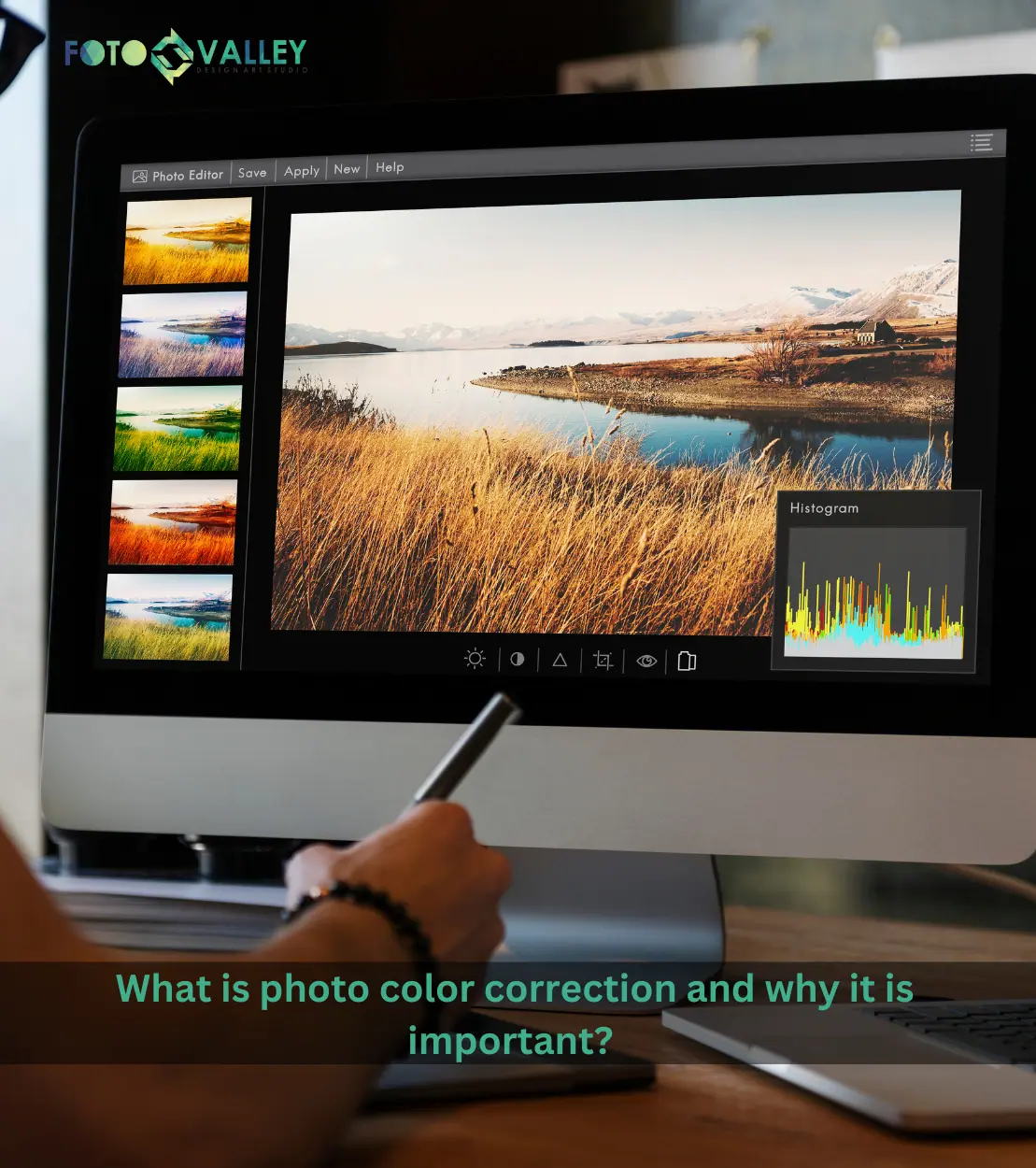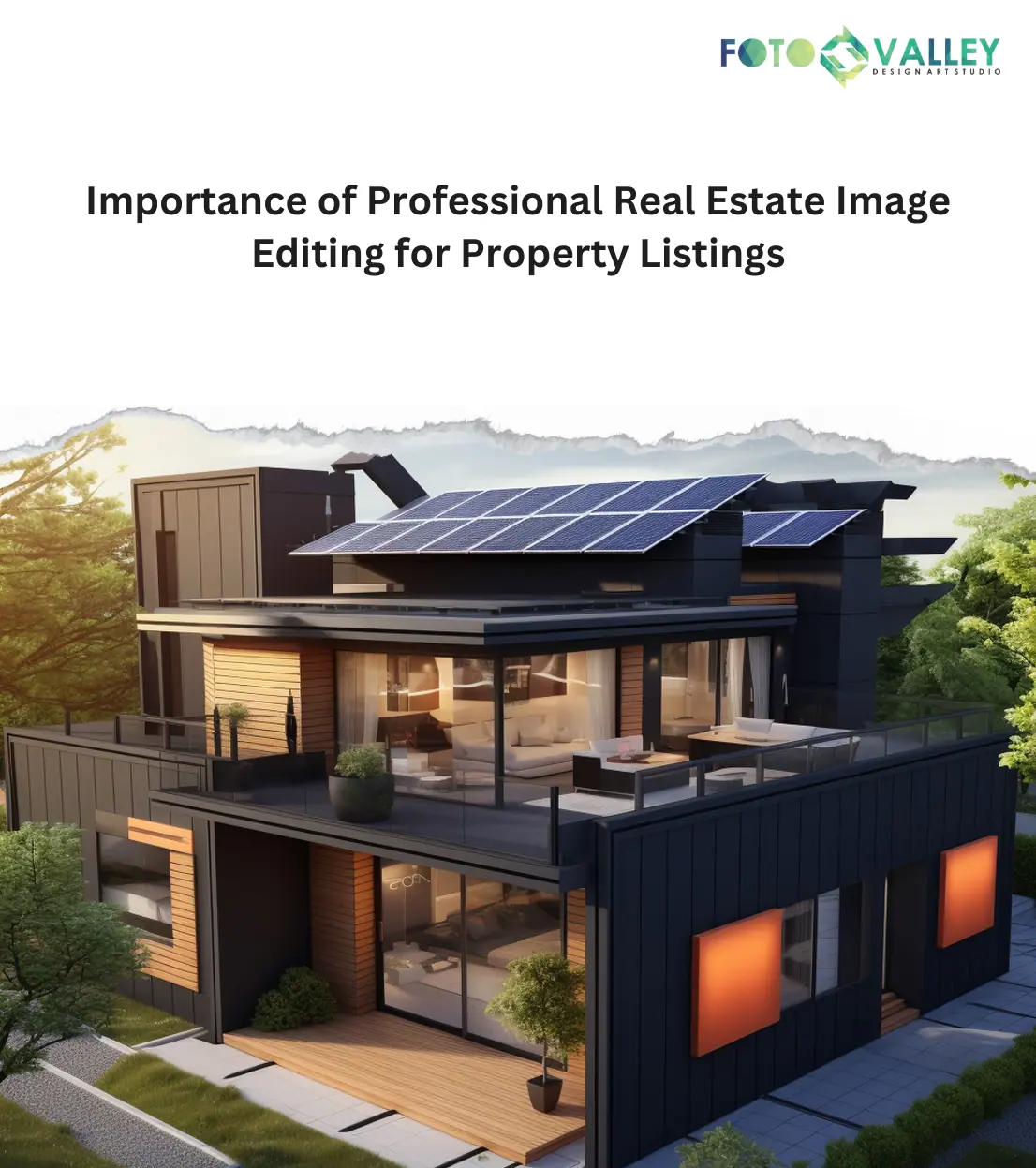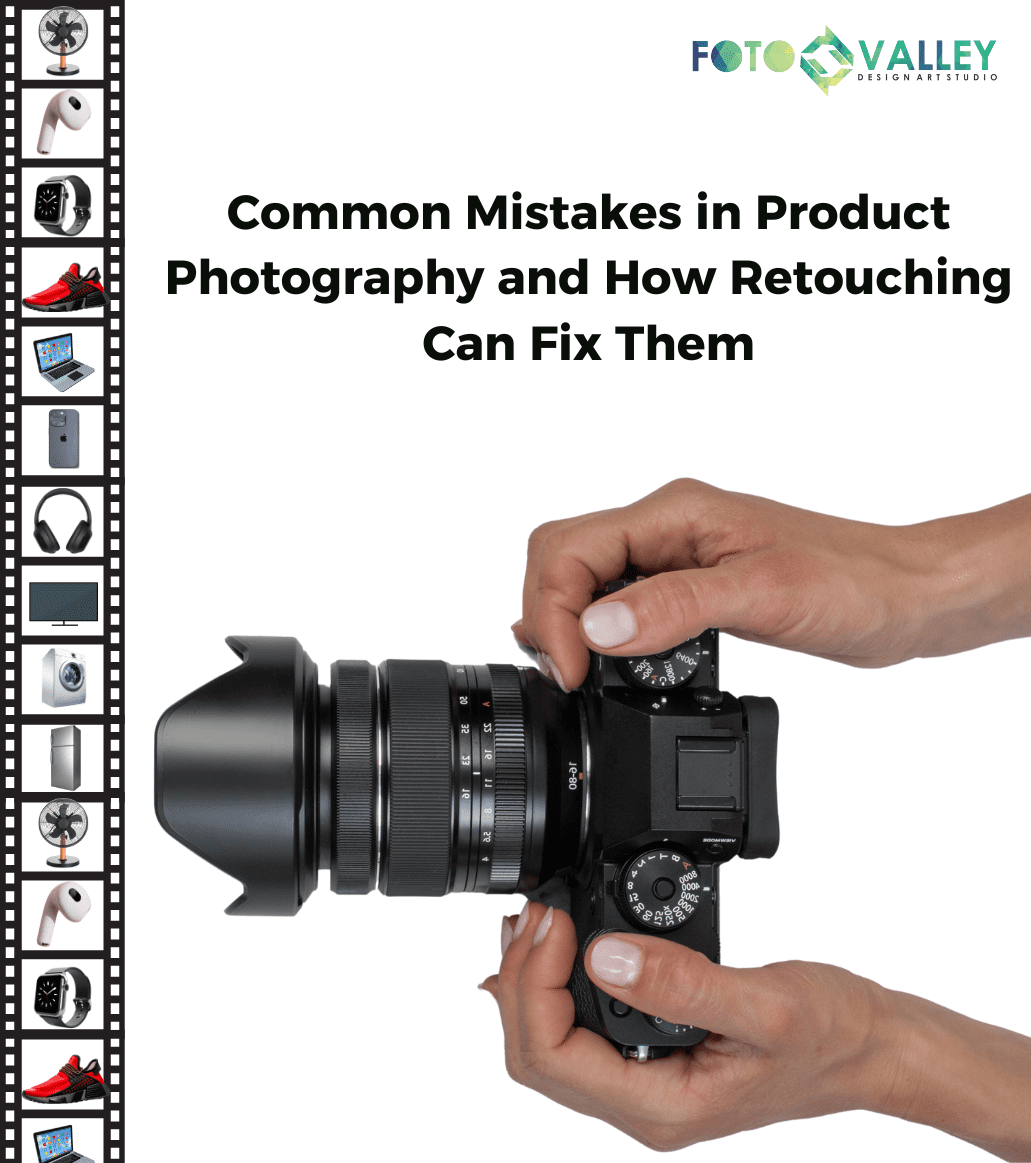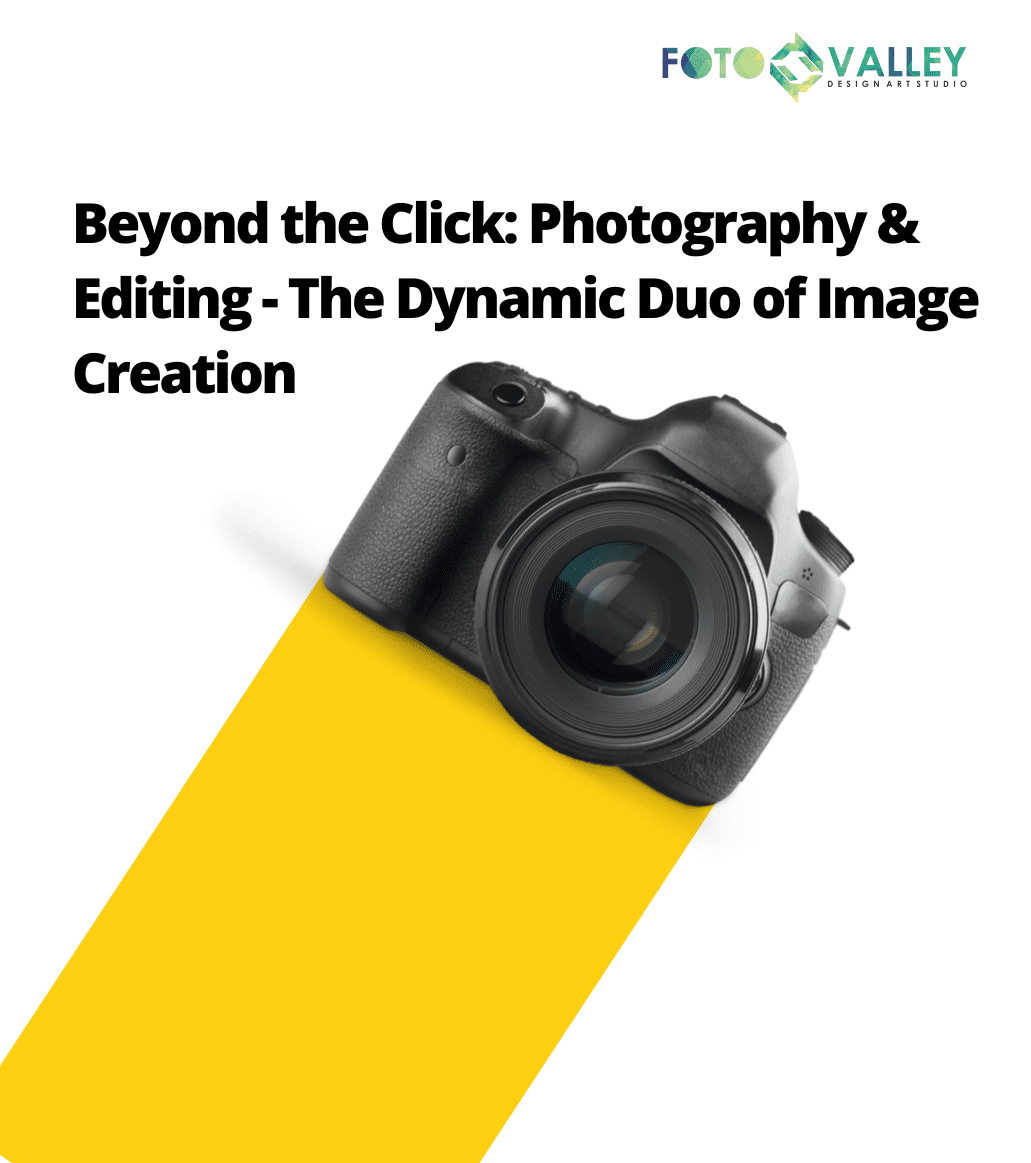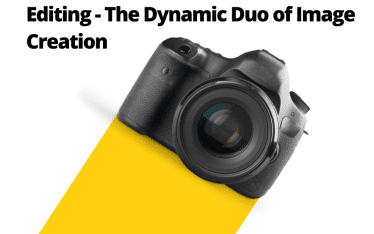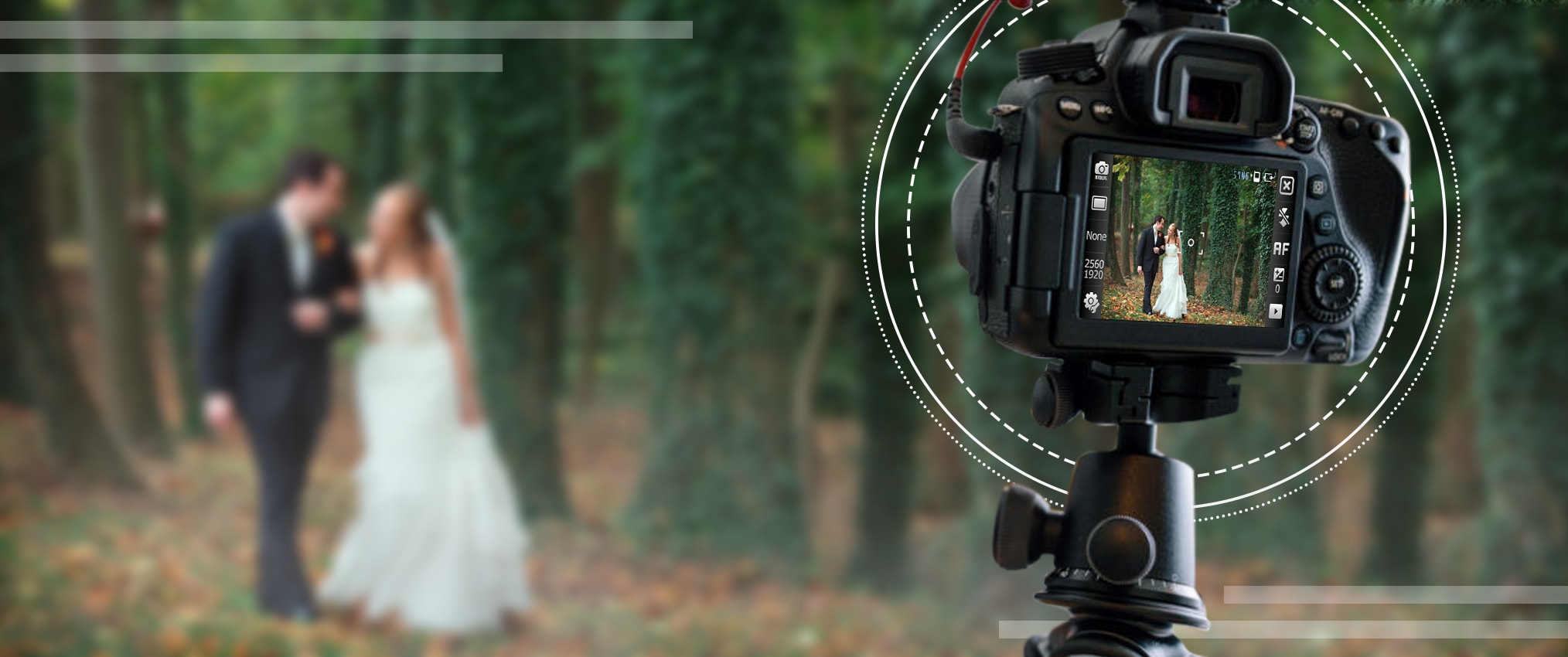
Negative space photograph is defined as an area which surrounds the main subject in your photo. Since decades, the concept of negative or an empty space has been widely used in photography. A negative space needn’t be white; the negative space can also be made up of the objects that are cryptic through the depth of field.
Photographers can effectively use the negative space in composition, even when it can mean something or nothing at all. Here, we will be listing out certain ways through which you can create a negative space in a photograph.
Exposure
Exposure can be a perfect tool for purposeful coverage of various parts of the image to bring in more attention to the subject. Along with aperture, other camera settings such as exposure can also help you to create negative space.
Most of the times, shadows tend to create negative space.
When you darken the subject, the background goes white and stands out in the crowd.
A variation can be caused due to the unintentional underexposure, in order to give a black shade to the certain areas of an image.
There comes a similar effect with the intentional overexposure.
When you cut out certain details in an image, the subject gets detached and negative space is formed.
Patterns
It is not mandatory that a negative space should consume a large part of your photo. Trying to detect the patterns is a robust technique because breaking the pattern and negative space are the crux of an image. Looking for patterns is a stable technique but detecting the uneven patterns can bring the attention to what’s not there. Here comes the explanation to negative space.
- When your eyes detect a row of evenly placed trees, one missing can immediately capture your attention.
Rule of Thirds
It is the common rule of photography and it will help you to create the negative space in a natural way.

The concept of ‘Rule of the Third’, means dividing the image into threes (both vertically as well as horizontally), and ensuring to place the subject on one of those lines.
When you place the subject away from the center, the remaining image transforms into a negative space.
When you utilize Rule of Third, it will help you to use the negative space in a natural manner.
Negative space creates an emptiness and grabs the attention of viewers, thus, making a rule of third popular.
Depth of Field
At times, negative space can be an object or several objects. In certain situations, utilizing an aperture to blur out the other essential items of an image can be beneficial.
Blurring out the background in a photo can be risky at times. It can create huge empty space.
In most of the situations, the limelight is often unseen but it can be beneficial in creating negative space via the depth of field.
Edges
Now, it has become obvious that rule of thirds creates but the edges of the images creates more space. When you use an extreme edge, it means some of the images are easily chopped off. Placing the subject away from the edge is a minimal composition but when it is used with other techniques, it generates a great space.

